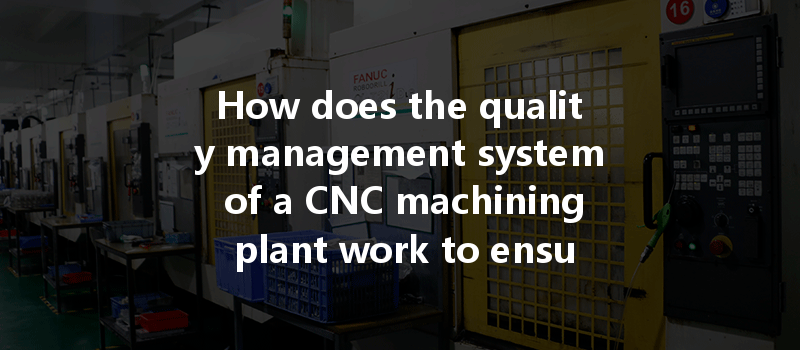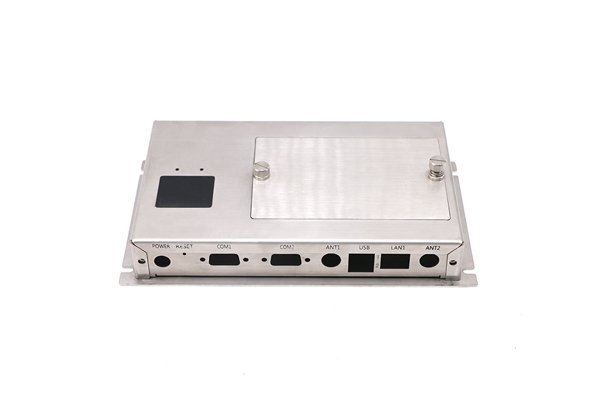Did you know that companies with effective quality management systems can reduce their operational costs by up to 20% and increase customer satisfaction by as much as 30%? In a highly competitive world where precision and efficiency are paramount, the CNC machining industry stands as a testament to the critical importance of quality management systems (QMS).
Understanding the Concept of Quality Management Systems
At its core, a Quality Management System (QMS) is a structured system of procedures and processes that help organizations ensure the continuous quality of their products and services. In the CNC machining industry, where precision is non-negotiable, having a robust QMS can differentiate successful companies from the rest. The intricacies involved in CNC machining—from the selection of materials and tools to the final inspection—require an adaptable QMS that addresses each step in the manufacturing process.
The Importance of a QMS in CNC Machining
The importance of a comprehensive QMS in CNC machining cannot be overstated. A well-implemented QMS helps to:
Key Components of a QMS in CNC Machining
Step-by-Step Breakdown of a QMS Implementation in CNC Machining
Step 1: Commitment from Leadership
Implementing a QMS requires commitment at the highest levels of leadership. Management must demonstrate to all employees that quality is a priority and provide the necessary resources to achieve it.
Step 2: Define Quality Policy and Objectives
A clear quality policy outlines the organization’s commitment to quality and serves as a guiding principle for all employees. Specific, measurable quality objectives should align with the company’s overall business goals.
Step 3: Develop Documented Procedures
For a QMS to be effective, organizations must design documented procedures that clearly specify each process within the CNC machining operations. This includes designing, programming, and machining processes, as well as quality control measures.
Step 4: Train Employees
Training programs ensure that every employee understands their roles within the QMS. Training should cover not just the specific machining skills required for their jobs, but also the importance of quality in every facet of their work.

Step 5: Implement Process Control
Establish procedures for various machining operations, including the selection and preparation of machines, tools, and materials. Define operational parameters and ensure these are documented to create a baseline for quality.
Step 6: Conduct Regular Audits
Audits are crucial for assessing the effectiveness of the QMS. Regular internal audits should be performed to identify areas for improvement and ensure compliance with established standards.
Step 7: Collect and Analyze Data
Collecting data from different processes, such as production rates and defect counts, will help identify trends and areas where the QMS can be improved. Data analysis can provide insights into the efficiency of operations and the quality of products.
Step 8: Continuous Improvement
A QMS is not a one-time project; it must evolve with the organization. Regular reviews should be conducted to discuss audit findings, data analysis results, and new industry standards. Continuous improvement cycles, such as Plan-Do-Check-Act (PDCA), should form the backbone of the QMS.
Techniques to Enhance QMS in CNC Machining
Challenges in Implementing a QMS in CNC Machining
The Role of Certification in Ensuring Quality
Adhering to recognized quality frameworks such as ISO 9001 can add credibility to a CNC machining company’s quality assurance efforts. Obtaining such certifications demonstrates a commitment to maintaining quality and can improve market competitiveness.
In summary, the Quality Management System is the backbone of any successful CNC machining operation. By emphasizing leadership commitment, clear guidelines, employee training, and continual improvement, organizations can ensure that they not only meet but exceed customer expectations. Quality isn’t just a goal; it is a continuous journey that requires diligence, adaptation, and innovation.
As you read through this blog, it should become clear that establishing and maintaining an effective QMS is crucial not only for achieving operational excellence but also for sustaining long-term success in the CNC machining industry. By fostering a culture of quality and embedding these practices into everyday operations, organizations can thrive in an increasingly competitive landscape. The pursuit of quality management is not just about meeting standards—it’s about exceeding them and driving innovation in the machining industry.
Now is the time to reflect: Is your organization doing everything it can to maintain quality in CNC machining? Embracing a robust QMS may well be the key to ensuring future success.






